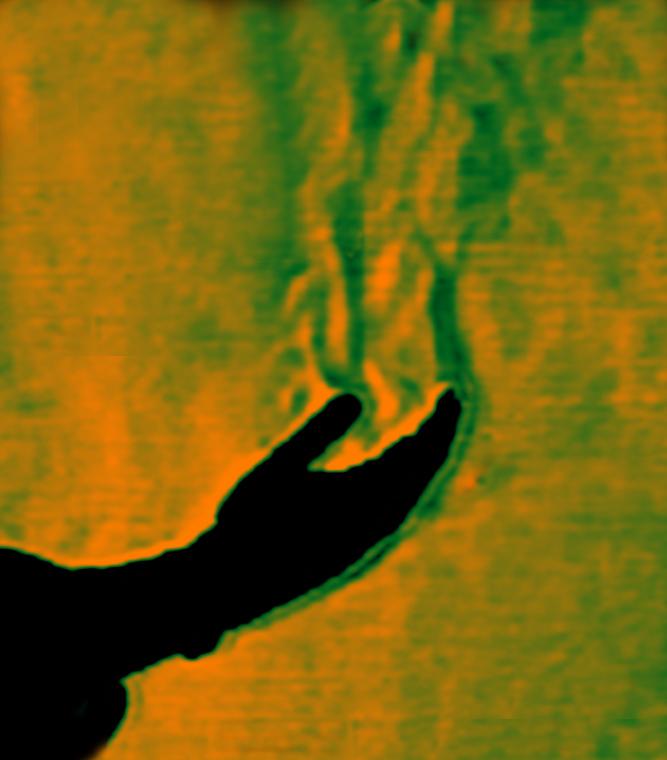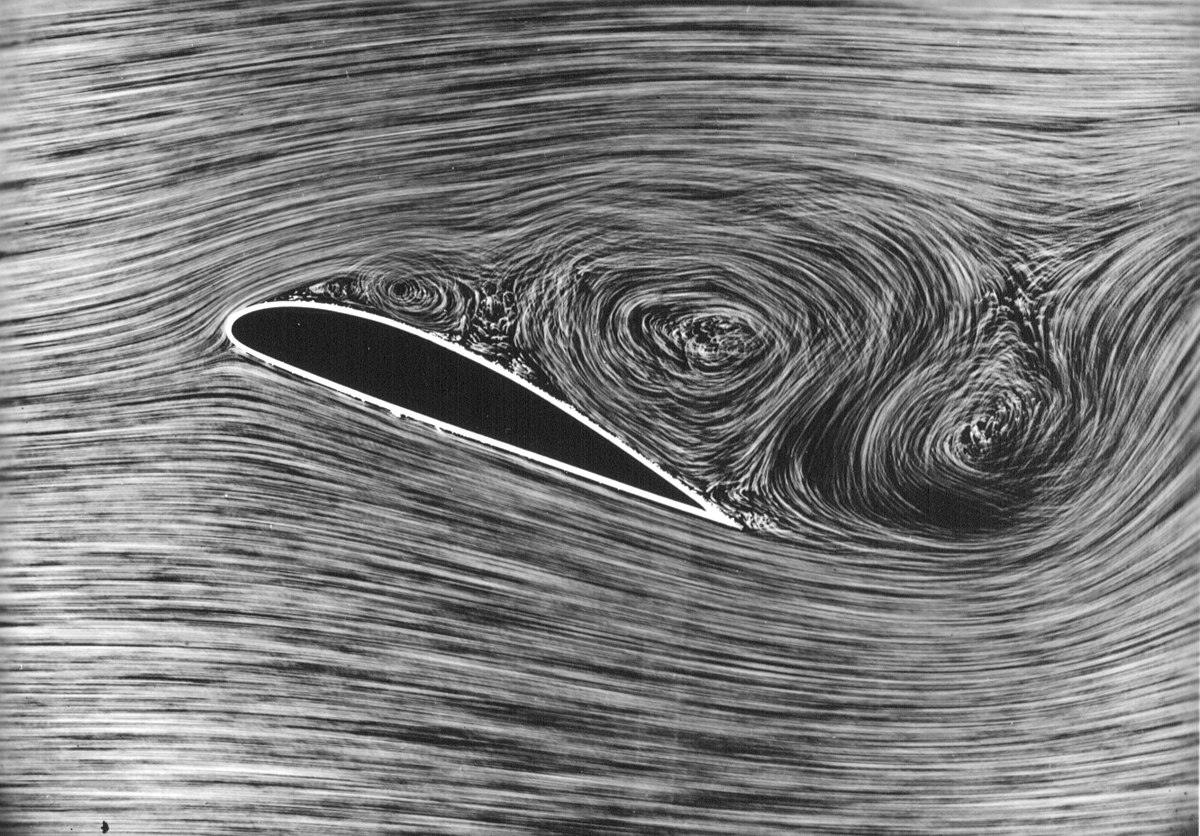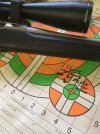This seems more believable since all guns are doing it.I know this sounds basic but did anyone at the shooting bench double check the range of the target with a range finder? It could be 50 or 75 yards further off if it is across the valley and that might account for some of the low impact points.
You are using an out of date browser. It may not display this or other websites correctly.
You should upgrade or use an alternative browser.
You should upgrade or use an alternative browser.
What would cause this? Bullet drop with elevation change
- Thread starter Jpron
- Start date
 Help Support Long Range Hunting Forum
Help Support Long Range Hunting Forum
Big Turnips
Member
I shot silhouette both handgun and rifle. Every single range has its own set of sighting adjustments. A slight difference in angle of shooting affects the sights adjustments. Elevation affects adjustments, temperature, humidity and altitude do as well.I mounted a scope and developed a load for a friend of mine. I'm at 850 feet of elevation. The gun was shooting great when he left. I had it zeroed at 100 yards. He got to his elk hunt today. He is 2 inches low at 100 yards and is at 7200 feet. He dialed the correct moa and tried at 350. He his 6 inches low. He's the clinker, there are 6 guys on this trip and everyone of them is seeing the same thing. Higher elevation shot be less bullet drop but not in this case. The gun is a tikka 300 win mag, h1000 powder, 200 gr eld-x. Temps are similar to when we shot here. Anyone have any ideas?
The only thing I can think of for one of the rifles, the one you adjusted for your friend, not all of them...Is that if adjusted in humid weather, it shoots flatter. At high altitude or at altitude, (7200 feet is quite moderate) the air isn't as humid as at sea level or 850 feet. Humidity is air less dense and allows a bullet to fly with less drop. Dry air is more dense and creates more drop, although at altitude, rifles shoot flatter in general.
Regardless, you will not see 2 inches of difference at 100 yards however. We each pull the trigger differently. You adjust a rifle (scoped or otherwise) for someone else, you've only adjusted it for yourself and no one else.
I don't mean to be critical since we all at one time or another could do something similar for a friend, my point is that as has already been mentioned by others in this thread, there are too many variables in exterior factors and differences between one shooter and another.
Last edited:
Big Turnips
Member
Unlike what one may be inclined to think.Generally speaking the higher in elevation the flatter the trajectory. However if you sighted in at a dryer climate but are hunting in high humidity that could offset that elevation effect with a slower bullet flying through denser air. Temperature could be an additional factor. Your MV at 80 degrees will be faster than that same powder charge at 30 degrees. Ive read some guys keep their ammunition in a protected pocket from the cold and load only when ready to shoot so the round isnt effected by heat OR COLD temperatyres.
Humidity is LESS dense than dry air and in humidity, bullets have a flatter trajectory than they do in dry air.
It is the reverse of what we may be inclined to think.
Dry air = slower bullet. Humid air = faster bullet.
The rifle may have been adjusted in HUMID weather at lower elevation and then tested at a higher elevation which theoretically should make it shoot flatter but all else being equal, may have shot lower because the air was dryer which creates MORE bullet drop. Dry air is more dense unlike what one may think, and offers more resistance than humid air. In general, altitude creates flatter trajectories but not always. The weather, atmospheric pressure and ambient temperatures have a say in the matter. Shooting at very high altitude usually will create a comparatively very flat trajectory but the cold offsets that trajectory somewhat.
There are too many reasons why a rifle adjusted by one person for another doesn't yield identical results with both shooters.
Here is another implausible explanation:
You have increased gravity at the elk camp; I have often thought that I noticed it, but you are the fifrst with proof. You have either messed with the time/space continuum or there is a massive, high density deposit beneath your camp. Maybe a metal deposit or an ancient meteorite strike. Should drill some prospect holes.
You have increased gravity at the elk camp; I have often thought that I noticed it, but you are the fifrst with proof. You have either messed with the time/space continuum or there is a massive, high density deposit beneath your camp. Maybe a metal deposit or an ancient meteorite strike. Should drill some prospect holes.
My response on O2 and burn rate was not meant to be taken as definitive, sorry if it came out that way it was written in haste. As i stated i am just throwing it out there. Smokeless powders shouldn't require 02 to burn but I'm only speculating it could possibly be an effect. The barrel is not airtight, if all powder burned at ignition then why does barrel length matter? Many article discussing the relationship of barrel length and ability to burn all powder. But i agree totally it is a far reaching speculation. My only thought in bringing it up was that everything else that seemed obvious had been covered so i was looking outside the box. To the gentleman stating that air doesn't sneak down the barrel.... Your barrel if full of air containing O2. Unless you jam the bullet into a smooth bore and then plug the end of your barrel, but if that's what tightens your groups, go for it.
If i crawl back into the box, I'm guessing the type of rest and the person shooting are your main suspects. I have experience many change in poi going from bipod and rear bag to two bags. Worst ever is a neighbor was dying to show me his new lead sled. I had just mounted a scope on a 25-06 and agreed to go with him and use it. Got it zeroed and grouping great. Shot it off of a bipod and nothing in the rear and was off by 6 inches at 100.
If i crawl back into the box, I'm guessing the type of rest and the person shooting are your main suspects. I have experience many change in poi going from bipod and rear bag to two bags. Worst ever is a neighbor was dying to show me his new lead sled. I had just mounted a scope on a 25-06 and agreed to go with him and use it. Got it zeroed and grouping great. Shot it off of a bipod and nothing in the rear and was off by 6 inches at 100.
Big Turnips
Member
Excellent point. The same would also happen if the target is closer than a hundred yards with the bullet(s) still rising.This seems too basic to consider but I have to ask; are they all shooting at 100 yards? If they are assuming the yardage then one could see how it's possible. A gun zeroed at 100 yards, and shooting at a 200 yard target, will be hitting low regardless of elevation or temp. I have to believe that these 6 hunters would have checked the yardage but that would explain all 6 having the same issue that doesn't seem to have a logical scientific explanation.
Snowboy
Well-Known Member
Are they near Roswell NM?Wormhole.......
Thanks for all the replies and thoughts. I cannot speak for the other 5. I don't know there setups or how they practiced. I set up the rifle for my buddy, I developed the load and I sighted it in. He was here two weeks ago tomorrow. First he shot off a lead sled. Half moa at 100. Then he hit a gallon milk jug at 315, then hit a 10inch by 11 inch steel plate at 650. Then he repeated just using a bag. He hit the 100, then he hit the blown up milk jug. Then he was about 4-5 inches left of the 650 yard plate. He had never even attempted a shot that far before that day. The humidity has been very low and the temp was around 30. I shot that rifle periodically throughout last summer and fall with no change in poi at any weather condition. Now I didn't shoot days when it was 95 and 75 dew point. I cannot answer what they were using for a rest when they got there, nor if the distance was correct. I'm assuming being the guide was there when they were shooting the distance was hopefully correct. If not they have way bigger problems.
Here's a pic of the group I was getting during load development. I used a egw 20 moa rail. Vortex rings and it's a pst gen 2 5-25 ffp scope. And yes everything was torqued to spec. A good buddy of mine lives in co. We usually hunt to gather least once a year. I ran this past him and he also has no explanation. But we already have a plan for next fall. I'm gonna chrono a couple rifles here and measure drop. Then we're gonna shoot at about 6500 feet, then go to his place and shoot at 9100. I'm just real curious what effect all the different senerios will produce. He was here the fall of 19. Shooting a 6.5 prc with factory 143 eldx and running through my chrono. He shot yesterday at his place in co and was within 10 fps as he was here. 3073 fps
Attachments
Hugnot
Well-Known Member
These Boeing engineers that I 1nze shot with got into this stuff and claimed the grooves turned into bullets sort of liked disrupted that "thin film of fluid (air in this case) stays stuck to a surface of an object" and thus increased the ballistic abilities of the projectile.There is an old theory of fluid dynamics that was developed in the early part of the 20th century called "Boundary Layer Theory". Basically, a thin film of fluid (air in this case) stays stuck to a surface of an object as it moves through it. However, at some point in the surface the boundary layer will separate from the surface. To calculate the drag you would have to integrate the differential equation that describes it across the exposed surface of the object where the boundary layer has separated. What I am proposing is that the the boundary layer formation is affected by the density of the fluid (aka altitude above sea level affect the density of air) which in turn leads to a higher drag which slows down the bullet allowing gravity more time to act on it in the downward vector. Obviously this is just a hypothesis that has not been tested but it assumes that a lower fluid density causes the boundary layer to separate sooner.

Boundary layer - Wikipedia
en.wikipedia.org

Flow separation - Wikipedia
en.wikipedia.org
This link from NASA is probably the simplest explanation I can find to describe the behavior of an object moving through a fluid.
"To make things more confusing, the boundary layer may lift off or "separate" from the body and create an effective shape much different from the physical shape. "
So I got some .257 diameter,100 grain Nosler partition bullets having the turned grooves and compared them at 600 yards with .257 100 gr. Sierra spitzer (lead point) flat base hunting bullets that I shot deers with. Essentially, same results out of a .257 AI @ 3150 fps. It was suggested that an velocity increase might make a difference so things were done again with a .257 Weatherby. No diff, and then the argument was that the 12 twist Weatherby shooting the slightly longer .25 100 grain Nosler bullet acquired some stability deficits compared to the shorter 100 gr. Sierra.
The talk got into Reynolds Numbers, like turbulent flow as opposed to laminar flow. Being a "cook book" math guy this was over my head. My thinking was that some energy was needed to make the turbulent flow occur and that energy would act to slow down the bullet.
I then got into pointy 6mm boat tail bullets. Don't think this stuff would have much application to the OP's problem.
Edit: shooting competition at different ranges having different elevations, and some differences of elevation angles, usual temperature differences & other stuff made my range notes real valuable.
Last edited:
HRM Johnny
Well-Known Member
@Jpron, are all six guys shooting 2 inches low with your friends rifle; or are they all shooting 2 inches low with their own rifles? There's a huge difference between the two.If they are all shooting low with his rifle, OK. But, If they are all shooting low with six different rifles, that is an extremely strange phenomenon. Please let us know what you find out. I am following this thread intently. I'm very curious to find out what exactly is going on.
Thanks,
Johnny
Thanks,
Johnny
All rifles are low! That's what makes no sense. It totally goes against what I've learned about bullets and elevation over the last 20 years@Jpron, are all six guys shooting 2 inches low with your friends rifle; or are they all shooting 2 inches low with their own rifles? There's a huge difference between the two.If they are all shooting low with his rifle, OK. But, If they are all shooting low with six different rifles, that is an extremely strange phenomenon. Please let us know what you find out. I am following this thread intently. I'm very curious to find out what exactly is going on.
Thanks,
Johnny
colemanlee
Member
Having read the entire thread, I would venture to state the obvious, the only thing that would affect all six rifles would be environmental. So for me we would have to know the precise figures. The big problem I have is where were all six rifes set up...if they were not set up in the same area with the same environmental conditions, then they should have seen a different drop, something other than two inches for everybody...so taking a WAG it would seem to me that at the target there was a pretty good wind forcing the bullets down...microburst if you fly, and for me that is the only thing that would affect all six rifles at the same time. A good thought provoking thread for sure.
